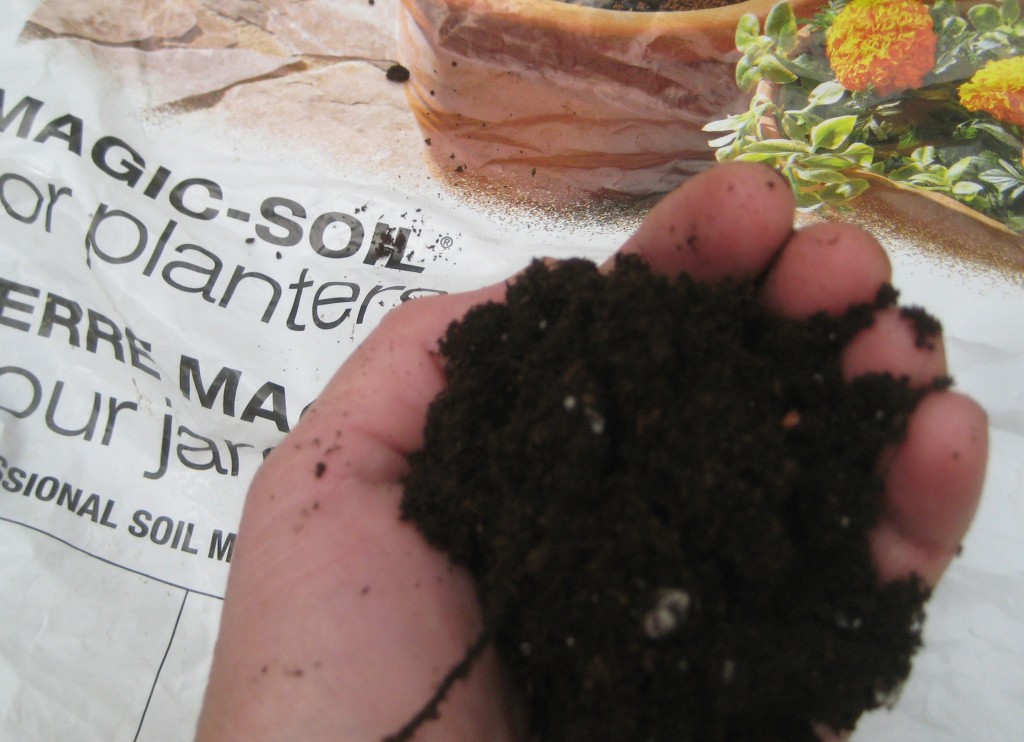Peat moss and other reasons to give!
It’s fundraiser week. More opportunities to make the case that this station offers real value to listeners and web readers.
Here’s how that works from my end. NCPR brings me facts and ideas I can use – plus music and entertainment I enjoy. When I see content I think might be interesting to others, NCPR is the perfect platform for sharing that right back at you.
Take gardening. This week I need to mow our half-acre, clean up the garden, prep and plant a large garlic crop, rake my leaves, mow the huge leaf pile my neighbor brought me, move and stack firewood, etc., etc. Stuff that’s probably on your “to do” list too. Listening to NCPR while I work makes it all the more engaging.
And I can throw stuff back into the radio compost pile too. Case in point: Monday’s weekly conversation between Martha Foley and Amy Ivy,. This time it was about lasagna gardening. (When people talk about easy, no-dig ways to garden, I pay attention.) Here’s more from Patricia Lanza, a long-time author of books on that subject, who is credited with inventing the term.
One technique suggested for lasagna gardening is to lay down a layer of peat moss between the other stuff, like chopped leaves. Martha commented that having to buy peat moss could be costly for large garden beds and Amy added that peat moss is a limited resource.
Those observations allow me to bring something else to your attention, an Oct 6th article in the New York Times about peat moss as a raging controversy in Great Britain, a land of intensely devoted gardeners.
“British Soil is Battlefield Over Peat, for Bogs’ Sake” describes a serious debate over something many gardeners can’t imagine living without.
“….trowels flew after the British government — heeding environmental concerns — announced plans to gradually eliminate peat from all gardening products, setting off an intense battle over how to prioritize two of this country’s defining passions: indulging the yard and protecting the planet.
While many gardeners regard the partially decomposed plant matter known as peat as an almost magical elixir, environmentalists say using it is problematic because it is scraped off the tops of centuries-old bogs, which are vital ecosystems that also serve as natural stores of carbon, just like rain forests.
For anyone who is interested, here’s another article by Wendy Priesnitz writing in Natural Life Magazine that looks at the ecological pros and cons of mining peat.
If this issue spills over into the U.S. market, I can see this becoming a news story on both sides of the border because Canada has roughly 25% of the world’s known inventory of peat and supplies most of the peat used in North America.
Here’s an updated website for the Canadian Sphagnum Peat Moss Association with that industry’s positions on many of these issues.
Heated disputes about humble peat moss may (or may not!) be news you can use. But I like being able to bring it your way.
If you like the Monday gardening chat, listening to NCPR while raking leaves, or the back and forth that happens on these blogs, please consider adding your support to keep it all coming. And thanks!
Tags: Amy Ivy, canada, Canadian Sphagnum Peat Moss Association, environment, gardening, lasagna gardening, Martha Foley, Patricia Lanza, Peat Moss, Wendy Priesnitz








